
Sailing ⛵
A unique environment to grow and learn
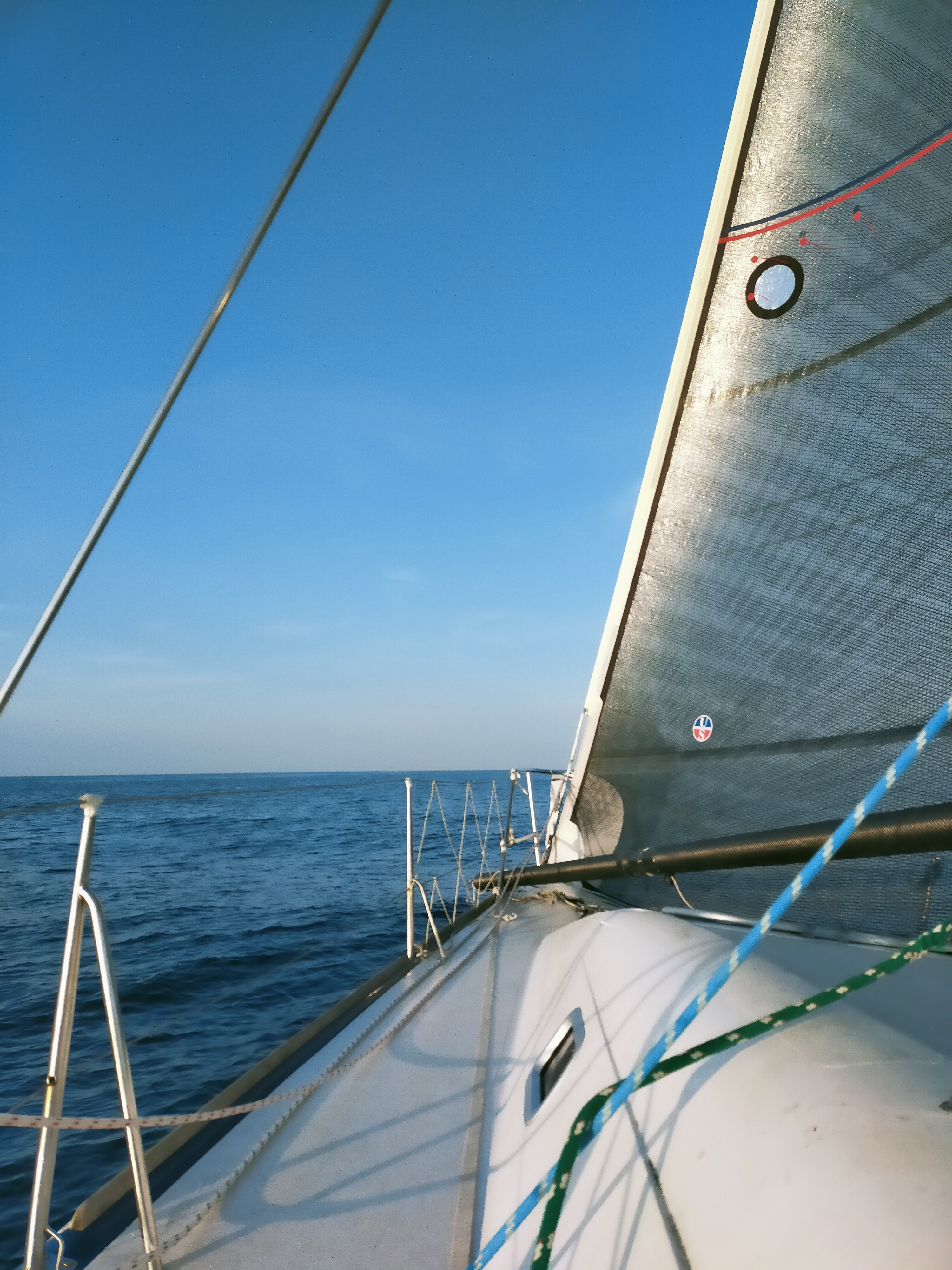
I have been sailing since I was a kid, first on small dinghies and catamarans, and then on yachts when cruising with my family. Now, as Offshore Captain of the Oxford University Yacht Club, I organize races and cruises, develop sponsorship opportunities, conduct risk assessments, and contribute as member of the Club’s Junior Committee.

I am also in the University sailing team, participating in various competitions including the British Universities Sailing Association Yachting Championship and the Fastnet Race, usually on a Prima 38 or an Oceanis 37. I mainly sail in the Solent, on the South coast of England between the Isle of Wight and the mainland, a hotspot of British sailing, with most notably Cowes Week, a major Regatta. The area has phenomenal tides, and the conditions can be particularly challenging, as much in Winter time as during the Summer, undoubtedly fostering resilience!
Sailing is a sport in which I developed leadership and management skills that I use in my professional and academic career. I have been struck by the parallels between sailing and the challenges faced in work contexts, particularly around leadership, risk management, and teamwork. Outlined below are some of these key lessons. As such, I feel that sailing is an incredible school of business and management!
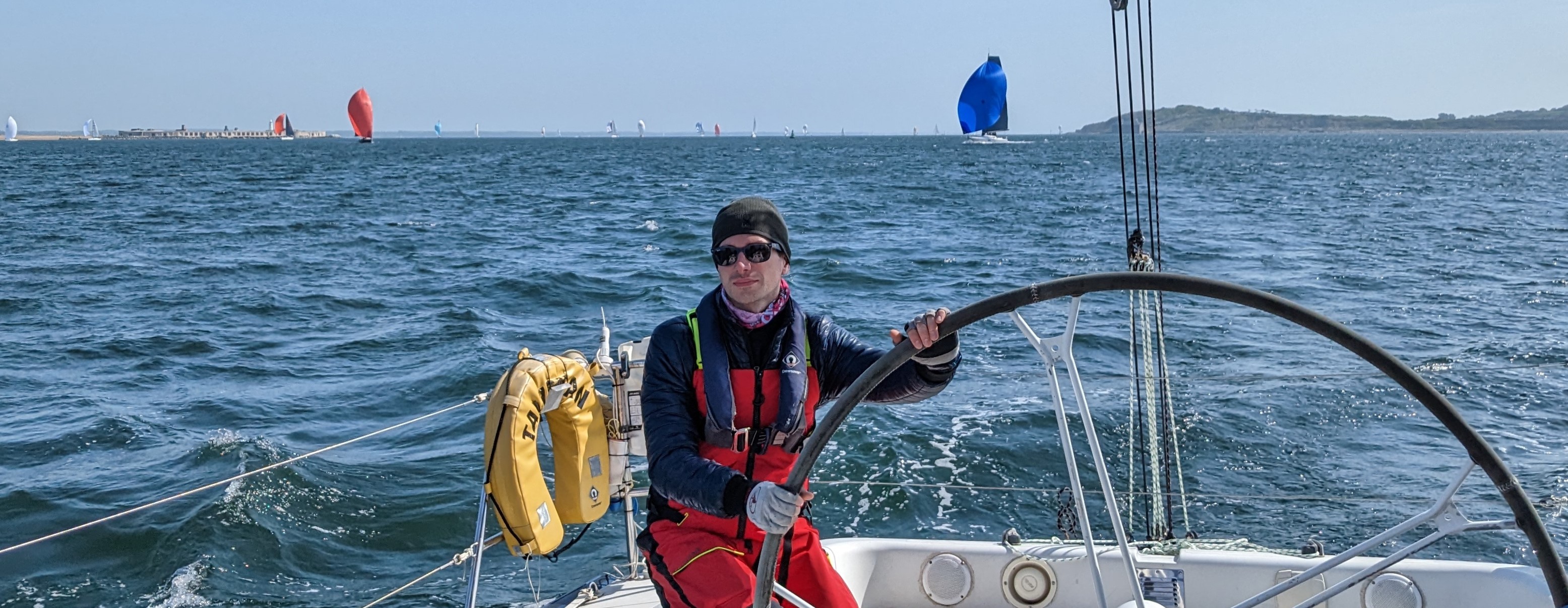
A Team Sport
Contrary to smaller boats like dinghies, yacht racing requires a full crew with each member fulfilling a specific role. A typical crew of about eight people is usually divided into the following roles: Helm, Tactician, Main Trimmer, Jib Trimmers, Pit, Mast, and Bow.
More on the roles:
- the Helm steers the boat to sail it fast and on course,
- the Tactician designs the strategy and course,
- the Main Trimmer adjusts the mainsail to optimize speed,
- the Jib Trimmers manage the front sail, trimming the jib upwind and flying the spinnaker downwind,
- the Pit manages the lines, especially during sail hoists and drops,
- the Mast changes the sails and assists with the rigging,
- the Bow manages the front of the boat during maneuvers, especially when changing sails.
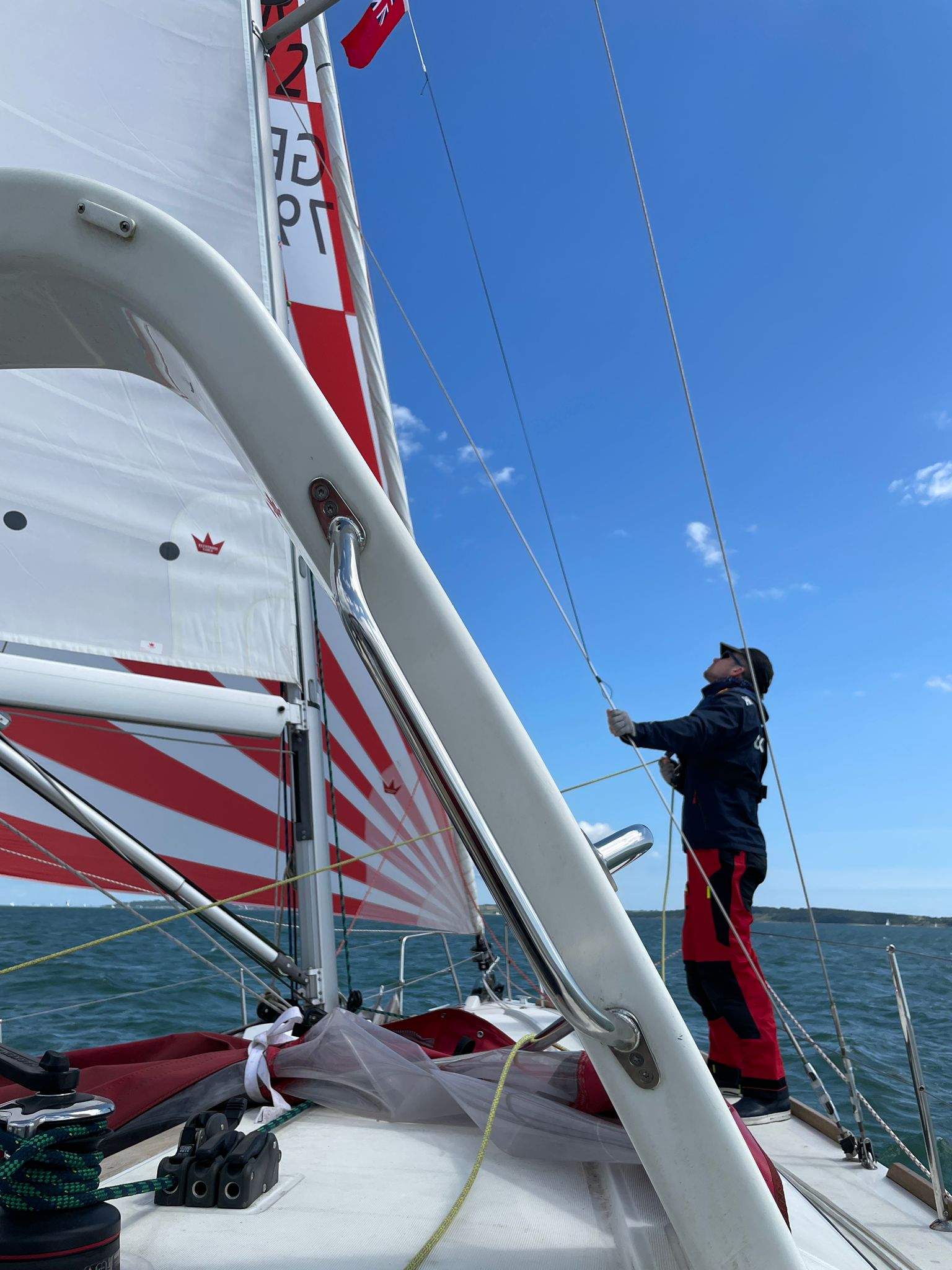
Communication is key. There are indeed many, many things happening at the same time. From a maneuver that requires coordination across the crew to external factors such as the other boats, the marks or the dangers in the water, communication is at the center of everything. It is very easy to get overloaded with information, but lack of communication can likewise be dangerous given the number of moving parts on the boat.
Human Management
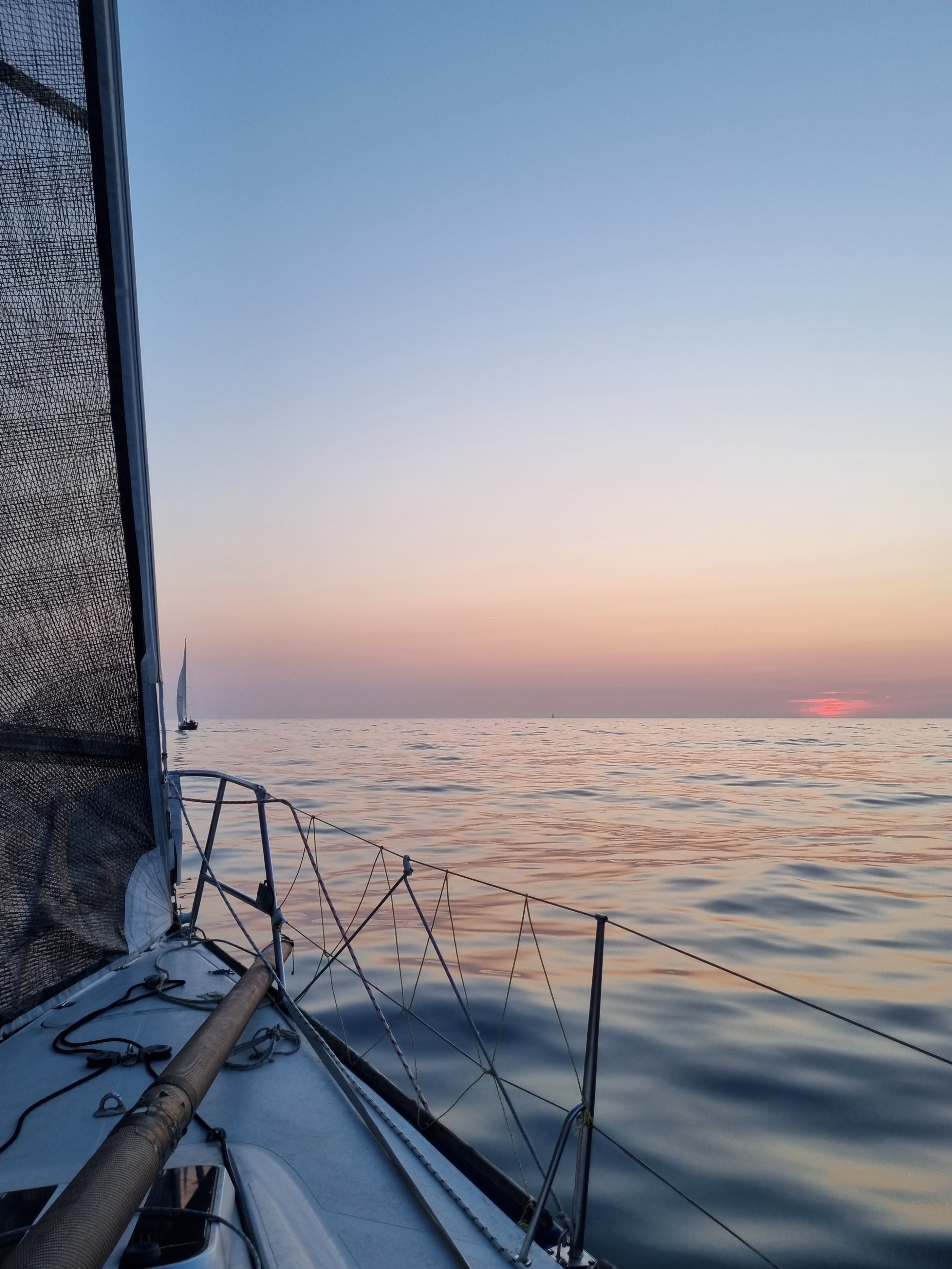
There is no way around it: managing a crew of eight people stuck together in a very confined space is a real challenge. It requires effective leadership, clear communication, and delegation to make sure the experience works for everyone. This means assigning chores (simply putting the kettle on the gas can be a challenge between tacks when the boat is seriously heeling!), having clear rules for communal spaces (usually the entire cabin…), and keeping the spirit of camaraderie.
Risk Management
Sailing involves inherent risks in a hostile environment, from changing weather conditions to the boom hitting someone on the head or someone falling overboard. As part of my role, I have been involved in reviewing and updating the Club’s risk assessment procedures to identify potential hazards, assessing their likelihood and impact, and implementing measures to mitigate them to ensure the safety of everyone. Part of becoming a sailor is understanding these risks and acquiring a culture of safety. It is about integrating these risk mitigation measures so they become second nature.
Decision-Making Under Pressure

Because the conditions can be unpredictable and there are so many parameters and moving parts, sailing often requires making quick decisions under pressure. Whether responding to sudden weather changes or adjusting the course during a race, these decisions must sometimes be made swiftly while making sure the rest of the crew is aware of what is happening and ready to anticipate the movements of the boat.
Passage Planning and Provisioning
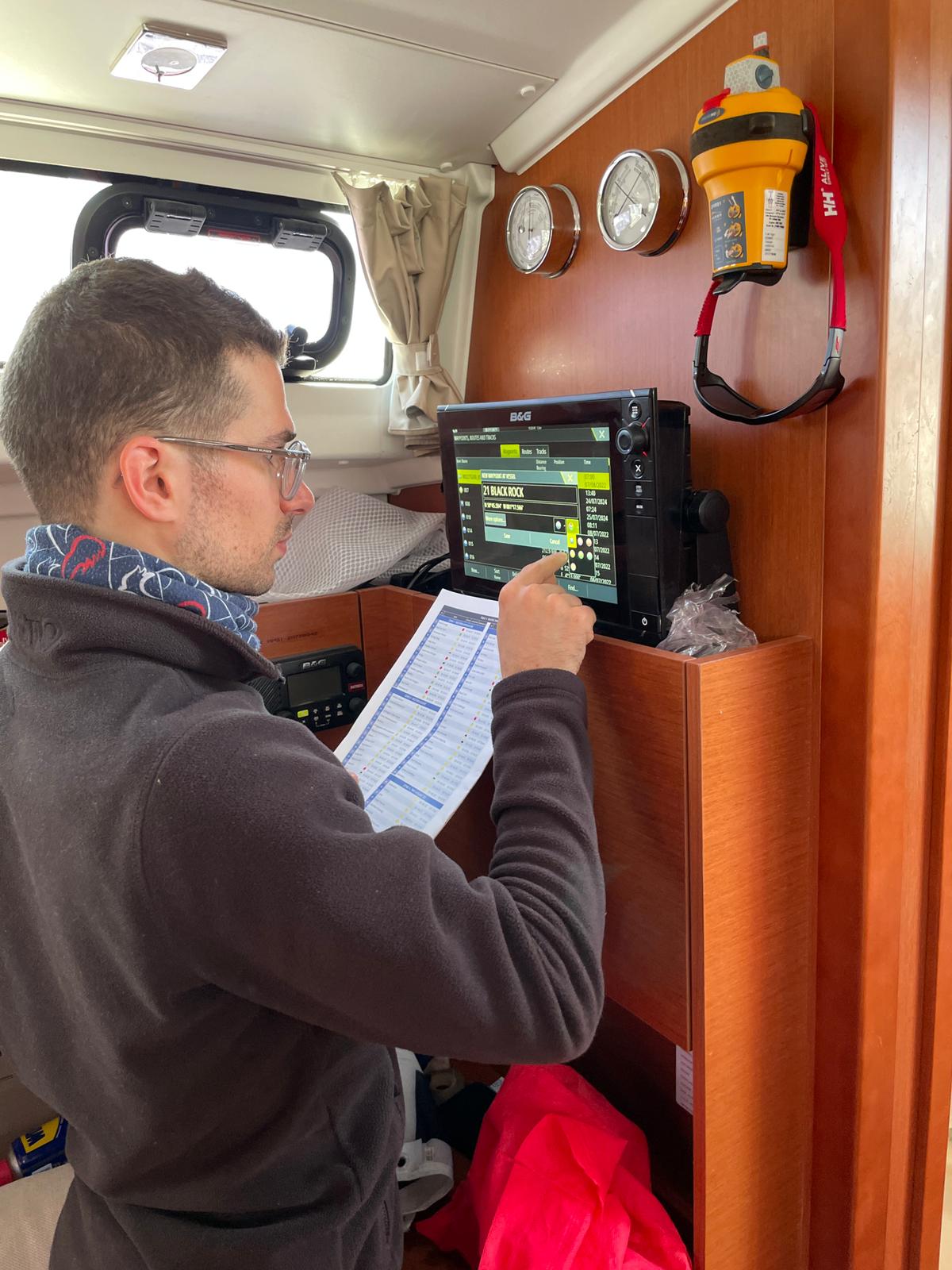
There is nothing more like developing a business plan than the necessary planning required before any sailing trip, notwithstanding the budgeting and potential sponsor aspects. Passage planning involves determining the best route, considering the weather, tides, and potential hazards. Provisioning the boat, i.e. anticipating the needs in food and water of the crew (true liquidity management!), is vital before embarking on a longer trip during which the boat might not stop for a week – but still keeping the boat as light as possible for the race!
